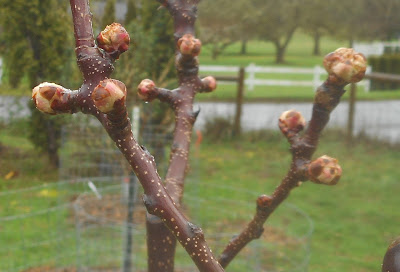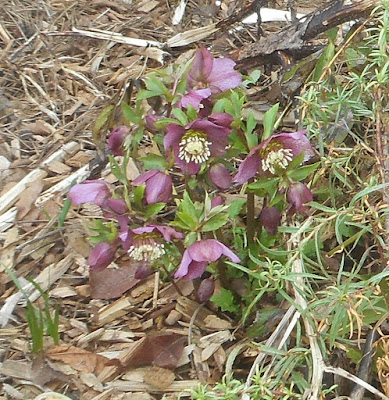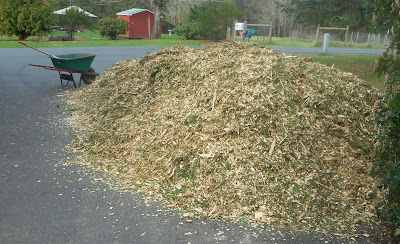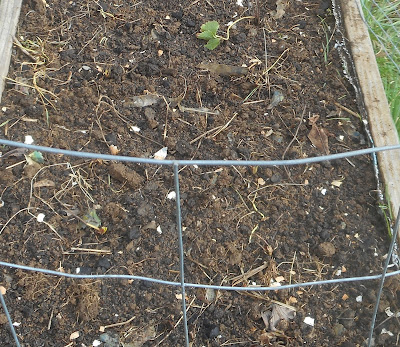 |
| Prime-Ark Blackberry Starts. 2.21.16 |
Then I buy blackberry plants.
The difference is, these are a compact growing variety, developing into a bush about 5 feet tall and similar or less width. Prime-Ark Blackberry, is a new hybrid from Arkansas, which I have not tried before. They are a thornless variety. So, I don't need to climb into 12 to 20 foot tall thickets, and come back bloodied, for the delicious blackberries.
I don't know if deer will eat them, not being deterred by thorns. But the leaves seem coarse and unappetizing, so maybe not.
These are small plants. They are going into the garden beds South of the house, for full sun.
I also bought 3 Ebony King Blackberry starts at Lowes, for variety. Almost thornless. I am hoping the timing will be a little different, for a longer blackberry season. I love these fruits, and they also make an easy and delicious jam. Ebony King is almost thornless - at leas from the stems of these starts, no where near as vicious as the wild Himalayan Blackberries that I am striving to clear.
I read Prime-Ark needs to be 3-4 feet apart, or 5 feet apart, depending on who I read. Mine are at the close end of that. Some may need transplanting later.

























